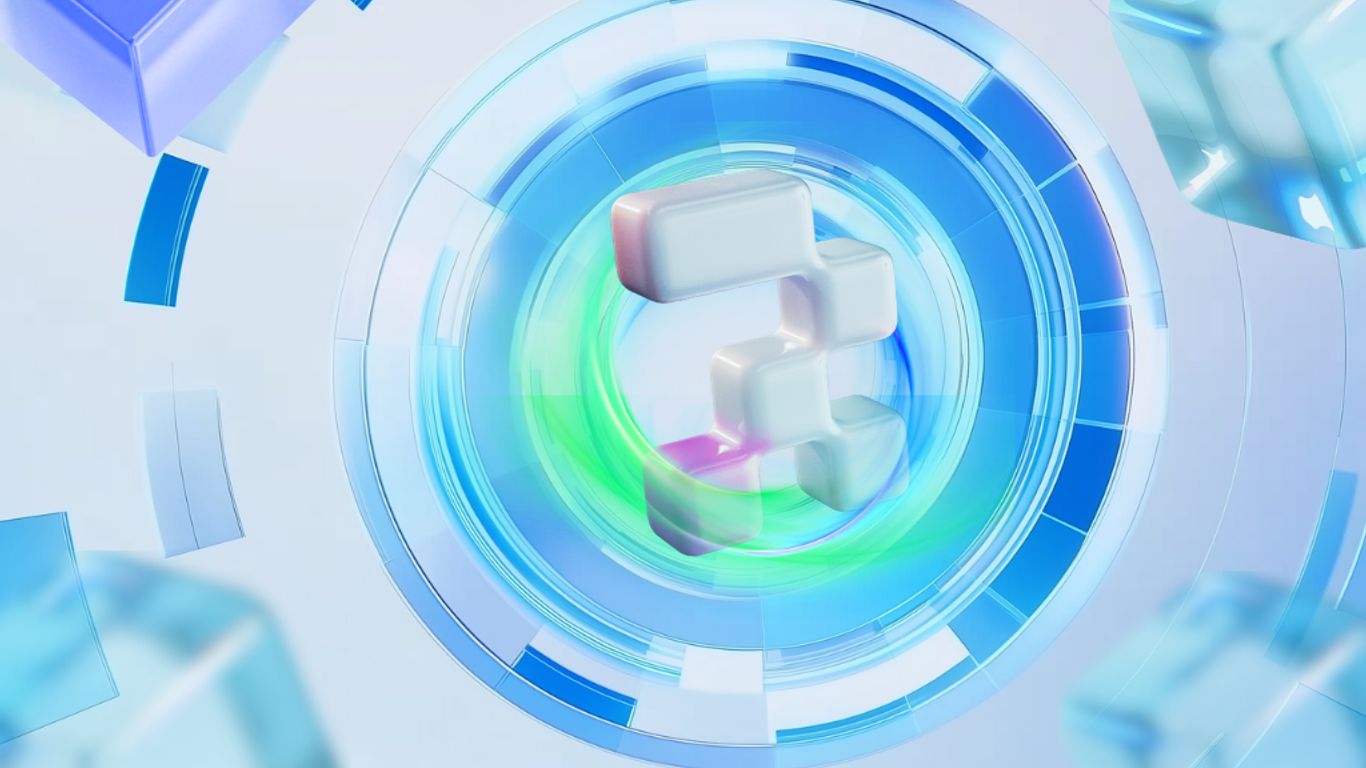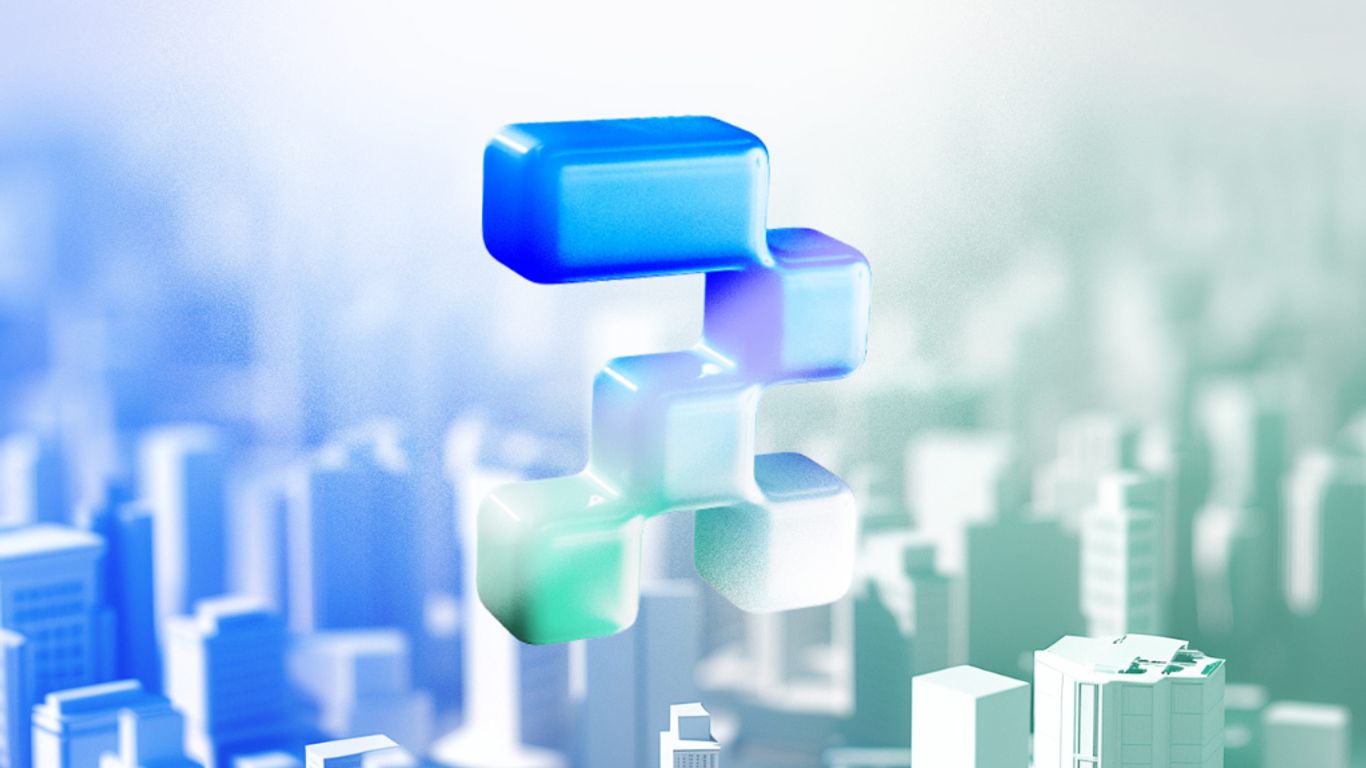Tokenized assets are reshaping the investment world by transforming how we buy, sell, and own various assets. This process makes it easier for more people to participate in investment opportunities that were once limited to wealthy individuals or large institutions. By converting physical and financial assets into digital tokens, tokenization opens the door for a wider range of investors, allowing them to invest in everything from real estate to art. As this trend continues, it promises to make investing more accessible, efficient, and transparent for everyone.
Key Takeaways
- Tokenization allows smaller investments in high-value assets like real estate and art.
- It simplifies the process of buying and selling assets, making it quicker and easier.
- Investors can own fractions of valuable items, making it affordable for more people.
- Tokenization increases transparency and reduces the chances of fraud in transactions.
- More individuals can now invest in markets that were once only available to the wealthy.
The Rise of Tokenized Assets
Understanding Tokenization
Tokenization is changing how we invest. It turns real-world assets into digital tokens, making it easier for more people to invest. This process allows for fractional ownership, meaning you can own a small part of something big, like a building or a piece of art. This opens up investment opportunities that were once only available to wealthy individuals.
Historical Context
The idea of tokenization isn't new, but it has gained momentum recently. In the past, investing in assets like real estate or art required a lot of money. Now, with tokenization, you can invest with smaller amounts. This shift is making investing more accessible to everyone.
Current Trends
Currently, tokenization is on the rise. More people are interested in investing in various assets, from real estate to collectibles. Here are some key trends:
- Increased liquidity: Tokenized assets can be bought and sold more easily.
- Broader participation: More investors can join the market, not just the wealthy.
- Enhanced transparency: Blockchain technology ensures that all transactions are secure and visible.
Tokenization is revolutionizing the investment landscape, making it possible for more people to participate in markets that were once exclusive to large institutions and high-net-worth individuals.
This transformation is significant because it allows a wider range of people to invest and benefit from various asset classes, including those that were previously out of reach. As tokenization continues to grow, it promises to reshape the future of investing.
How Tokenized Assets Work
Blockchain Technology
Tokenized assets rely on blockchain technology to function. This technology creates a secure and transparent way to record ownership. Each transaction is stored on a decentralized ledger, making it hard to alter or hack. This ensures that the ownership of assets is clear and trustworthy.
Smart Contracts
Smart contracts are like digital agreements that automatically execute when certain conditions are met. They help in managing transactions without needing a middleman. For example, when someone buys a token, the smart contract ensures that the ownership is transferred instantly. This reduces costs and speeds up the process.
Fractional Ownership
One of the biggest advantages of tokenization is fractional ownership. This means that expensive assets can be divided into smaller parts, or tokens. For instance, a multimillion-dollar property can be split into many tokens, allowing more people to invest with smaller amounts of money. This opens up investment opportunities for a wider range of people.
Tokenization is changing how we invest, making it easier for everyone to participate in markets that were once exclusive.
Summary
In summary, tokenized assets work through blockchain technology, smart contracts, and fractional ownership. These elements combine to create a more accessible and efficient investment landscape, allowing more people to invest in various assets.
Tokenization in Real Estate
Fractional Ownership in Real Estate
Tokenization allows for fractional ownership of real estate. This means that instead of buying an entire property, investors can purchase a small share. This opens up opportunities for more people to invest in real estate, making it accessible to a wider audience.
Increased Liquidity
With tokenization, real estate assets can be traded on digital platforms, significantly increasing liquidity. Investors can buy and sell their shares more easily and quickly compared to traditional real estate transactions, which often take a long time to complete.
Simplified Transactions
Tokenized real estate transactions can be completed faster and at a lower cost. By using blockchain technology, the need for intermediaries is reduced, leading to cost savings and a more efficient process overall.
Tokenization of real estate not only enhances accessibility but also transforms how we think about ownership and investment in properties.
Tokenization of Bonds and Treasuries
Streamlined Issuance
Tokenization makes it easier to issue bonds. Instead of long processes, bonds can be created as digital tokens. This speeds up the entire process, allowing for quicker access to capital.
Automated Payments
With tokenized bonds, payments like interest can be handled automatically through smart contracts. This reduces the need for manual work and cuts down on costs. Here’s how it works:
- Smart contracts manage payments.
- Less paperwork means fewer errors.
- Faster transactions lead to quicker returns for investors.
Broader Market Participation
Tokenization opens the door for more investors to join the bond market. This means:
- More people can invest with smaller amounts.
- Increased liquidity allows for easier buying and selling.
- Diverse investment options attract different types of investors.
Tokenization is changing how we view bonds, making them more accessible and efficient for everyone involved.
In summary, the tokenization of bonds and treasuries is a game-changer. It simplifies processes, reduces costs, and allows more people to invest in these financial instruments. This shift is paving the way for a more inclusive investment landscape.
Tokenization of Intellectual Property and Collectibles
Fractional Ownership of Art and Patents
Tokenizing intellectual property and collectibles allows for fractional ownership, making it easier for more people to invest in high-value assets. Instead of needing a large sum of money to buy an entire asset, investors can purchase smaller shares. This approach not only democratizes access but also increases liquidity in the market.
New Revenue Streams for Creators
For creators, tokenization opens up new ways to earn money. By issuing digital tokens that represent ownership or rights to their work, creators can sell these tokens to a broader audience. This can include anything from music and art to patents and trademarks. The ability to reach a global market can significantly boost their income.
Enhanced Transparency and Security
Investors benefit from the increased accessibility that tokenization provides. They can easily buy, sell, and trade tokens representing intellectual property and collectibles on various blockchain platforms. This ease of access can lead to a more dynamic and fluid market, attracting more participants and driving up the value of these assets.
Tokenization involves representing the ownership rights of real-world assets as digital tokens on a blockchain. This process not only enhances liquidity but also democratizes access to previously exclusive investment opportunities.
Summary
In summary, the tokenization of intellectual property and collectibles is a game-changer. It allows more people to participate in markets that were once exclusive to large institutions and high-net-worth individuals. As this technology continues to evolve, it promises to make investing more inclusive and efficient for everyone.
Technological Advancements in Tokenization
Blockchain Technology
Blockchain is the backbone of tokenization. Recent improvements have made it more secure and efficient. These upgrades are crucial for creating digital versions of real assets. Enhanced security features and better consensus methods are making blockchain a more reliable platform for tokenization.
Smart Contracts
Smart contracts are self-executing contracts with the terms directly written into code. They automate processes, reducing the need for intermediaries. This leads to:
- Faster transactions
- Lower costs
- Increased trust among users
Fractional Ownership
Tokenization allows for fractional ownership of assets. This means that:
- Investors can buy smaller shares of high-value assets.
- It opens up investment opportunities for more people.
- It increases liquidity in markets that were previously illiquid.
The future of tokenization looks bright with these technological advancements, paving the way for a more inclusive and efficient financial ecosystem.
Summary
In summary, technological advancements in blockchain, smart contracts, and fractional ownership are transforming the investment landscape. These innovations are making investing more accessible and efficient for everyone, as highlighted in the discussion on rwa.io.
Diversification of Tokenized Assets
Tokenization is changing the way we invest by allowing a wider range of assets to be included in investment portfolios. This expansion is crucial for opening up new opportunities. Here are some key areas where tokenization is making a difference:
Expansion Beyond High-Value Assets
- Tokenization started with high-value assets like real estate and art.
- Now, it includes everyday items and smaller investments.
- This shift allows more people to invest in various markets.
Inclusion of Debt Instruments
- Tokenized debt instruments make it easier for investors to access bonds.
- This inclusion helps diversify portfolios and reduce risk.
- Investors can now buy smaller portions of bonds, making them more accessible.
Tokenization of Commodities
- Commodities like gold and oil can now be tokenized.
- This allows investors to trade these assets more easily.
- Tokenization provides a way to invest in commodities without needing large amounts of capital.
Tokenization is reshaping the investment landscape, making it possible for more people to participate in markets that were once exclusive to large institutions and high-net-worth individuals.
In summary, the diversification of tokenized assets is a game-changer. It allows investors to spread their investments across various sectors, minimizing risk and maximizing potential returns. As tokenization continues to grow, it will likely lead to a more inclusive financial environment.
Benefits of Tokenized Assets
Increased Liquidity
Tokenized assets allow for greater liquidity in markets that were once considered illiquid. For instance, real estate can be divided into smaller tokens, enabling more investors to buy in. This means that assets can be bought and sold more easily, making it simpler for investors to enter and exit positions.
Lower Barriers to Entry
Tokenization opens the door for many investors who previously couldn't afford high-value assets. By allowing fractional ownership, individuals can invest in assets that align with their financial goals without needing a large amount of capital. This democratization of investment opportunities fosters a more inclusive financial environment.
Improved Transparency
The use of blockchain technology ensures that all transactions are recorded on a secure and transparent ledger. This means that investors can easily verify ownership and track the performance of their assets. The transparency provided by tokenization helps build trust among investors, as they have access to real-time data about their investments.
Tokenization is reshaping the financial landscape, making it more inclusive and efficient for everyone.
Summary Table of Benefits
Challenges and Risks in Tokenization
Tokenization is changing how we invest, but it comes with its own set of challenges and risks. Understanding these issues is crucial for successful implementation.
Regulatory Hurdles
- The rules for tokenization can be complicated and differ from place to place.
- Compliance with laws like KYC (Know Your Customer) and AML (Anti-Money Laundering) is necessary.
- Uncertainty in regulations can scare off big investors who worry about legal issues.
Technological and Operational Risks
- Smart contracts, while helpful, can have weaknesses that might lead to money loss.
- Regular checks and updates are needed to keep these systems secure.
- Merging blockchain technology with current systems can be tough and costly.
Market Acceptance and Adoption
- Many traditional investors are unsure about tokenization. Building trust is essential.
- The market for tokenized assets is still growing, which can create problems with buying and selling tokens quickly.
Tokenization can democratize access to investments, but overcoming these challenges is essential for its success.
Understanding these challenges helps investors and companies navigate the new landscape of tokenized assets effectively.
Future of Tokenized Assets
Predictions and Trends
The future of tokenized assets looks bright. Tokenization is reshaping the investment landscape, making it more accessible to everyone. Here are some key predictions:
- Increased Adoption: More industries will embrace tokenization, leading to a wider range of assets being tokenized.
- Global Participation: Investors from around the world will have easier access to diverse markets.
- Technological Innovations: Continued advancements in blockchain technology will enhance security and efficiency.
Potential Market Growth
The market for tokenized assets is expected to grow significantly. Estimates suggest that the total value of tokenized assets could reach nearly $4 trillion by 2030. This growth will be driven by:
- Wider Acceptance: More businesses and investors recognizing the benefits of tokenization.
- Regulatory Clarity: Improved regulations that support the growth of tokenized assets.
- Enhanced Infrastructure: Better blockchain technology that supports faster and safer transactions.
Impact on Traditional Finance
Tokenization will have a profound impact on traditional finance. It will:
- Lower Barriers to Entry: Making it easier for small investors to participate in markets.
- Increase Liquidity: Allowing assets to be bought and sold more easily.
- Enhance Transparency: Providing clear records of ownership and transactions.
Tokenization is not just a trend; it is a significant shift in how we view and manage investments across various asset classes.
In summary, the future of tokenized assets is promising, with advancements in technology and growing acceptance paving the way for a more inclusive financial ecosystem.
Global Impact of Tokenized Assets
Tokenized assets are reshaping the investment world in many ways. This transformation is making investing more accessible to everyone. Here’s how:
Cross-Border Investments
- Tokenization allows investors from different countries to easily buy and sell assets.
- It reduces the need for brokers, making transactions cheaper and faster.
- Investors can tap into markets that were previously out of reach.
Economic Growth
- By opening up investment opportunities, tokenization can boost local economies.
- More people can invest in projects, leading to job creation and innovation.
- This growth can help stabilize economies by diversifying investment sources.
Financial Inclusion
- Tokenization helps people from various financial backgrounds invest in assets.
- It allows individuals to buy fractions of high-value assets, lowering the entry barrier.
- This democratization of investment fosters a more equitable financial system.
Tokenization is not just a trend; it is a significant shift in how we view and manage investments across various asset classes.
With projections suggesting that $600 billion will be in tokenized assets by 2030, the impact of tokenization on the global investment landscape is undeniable. It is paving the way for a more inclusive and efficient financial ecosystem.
Conclusion
In conclusion, tokenization is changing the way we invest by making it easier for everyone to join in. This new method allows people to buy small parts of expensive assets, like real estate and art, which were once only for the wealthy. It also speeds up buying and selling, making the whole process simpler and more transparent. As tokenization grows, it promises to create a fairer investment world where more people can take part. This shift not only opens doors for new investors but also helps to build trust and security in the market.
Frequently Asked Questions
What are tokenized assets?
Tokenized assets are digital versions of physical or financial assets. They are created using blockchain technology, which makes them easier to buy, sell, and trade.
How does tokenization work?
Tokenization works by converting an asset into digital tokens. Each token represents a share of the asset, allowing multiple people to own a piece of it.
What are the benefits of tokenization?
Tokenization makes investing more accessible, lowers costs, increases liquidity, and enhances transparency, allowing more people to invest in valuable assets.
Can I invest in real estate through tokenization?
Yes! Tokenization allows you to buy shares in real estate properties, making it easier to invest without needing a lot of money.
What types of assets can be tokenized?
Many types of assets can be tokenized, including real estate, art, bonds, and even intellectual property.
Are there risks with tokenized assets?
Yes, there are risks such as regulatory challenges, security concerns, and market volatility that investors should be aware of.
How does tokenization improve liquidity?
Tokenization improves liquidity by allowing assets to be bought and sold more easily, making it possible to trade smaller portions of high-value assets.
What is the future of tokenized assets?
The future looks bright for tokenized assets, as more people and businesses recognize their benefits, leading to increased adoption and market growth.




